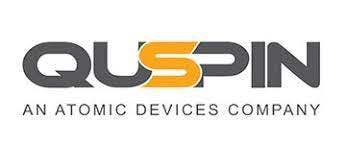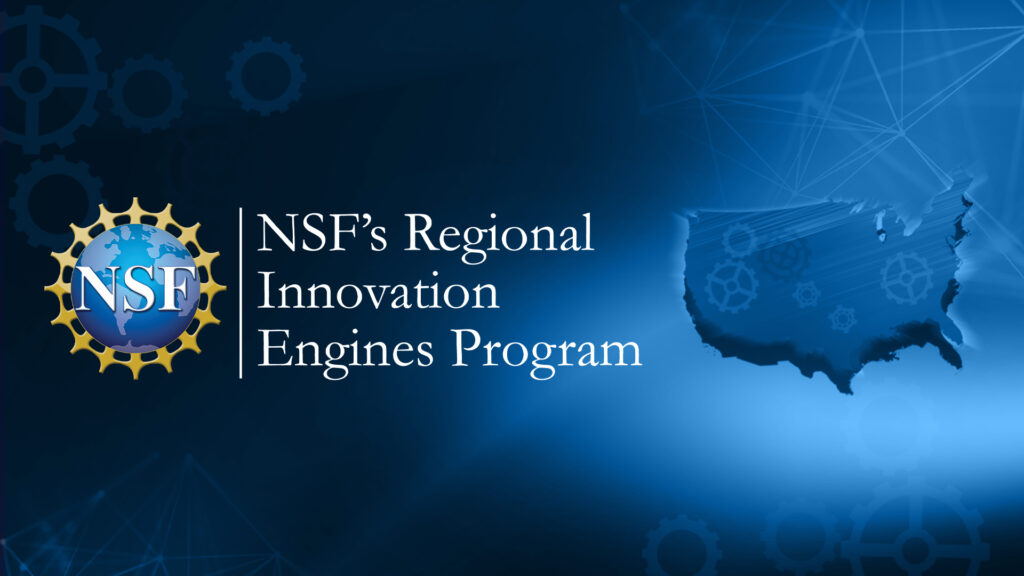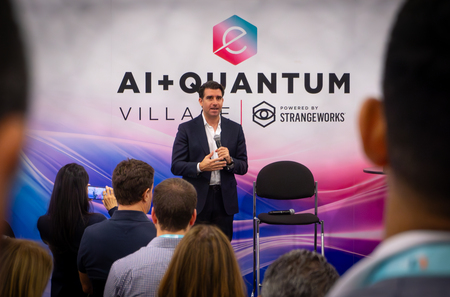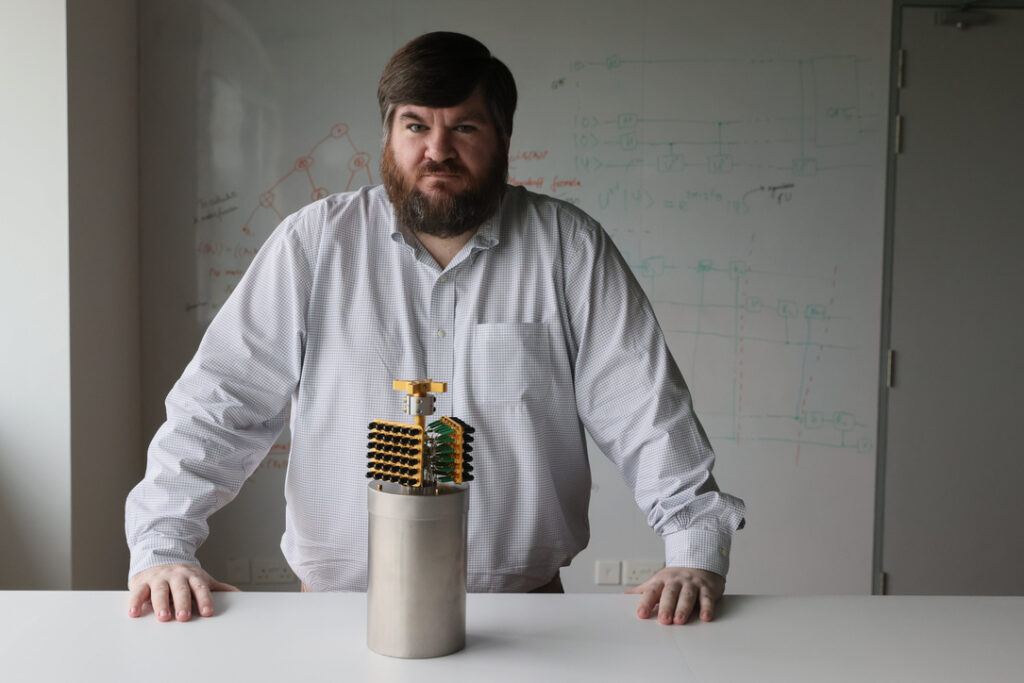
Revolutionary
If any of our readers managed to go through an article published at TQD earlier in the year, 14 Companies Focused on Quantum Sensing and Manufacturing Superior Instrumentation To Revolutionize The Industry, then they’d realize the quantum sensing market is in a healthy state. With startups like Muquans, SBQuantum and Miraex joining the longer-established companies with solid revenue streams in the shape of LI-COR and Campbell Scientific, this healthy ecosystem is only set to grow well into the decade.
Employing solid-state or photonic systems can have revolutionary effects in microscopy, communication technology, as well as magnetic field sensors, which is something to think about.
QuSpin, however, a startup based in Louisville, Colorado and set up in 2012 by founder and chief scientist Vishal Shah with research funding from the National Institutes of Health (NIH), has — forgive the pun — a spin on the technology: “The first non-cryogenic alternative to superconducting magnetometers”.
QuSpin
QuSpin’s highly sensitive, user-friendly optical magnetometers offer flexibility never before seen in the industry and could be transformative for advanced scientific, biomedical and defence applications in the future.
Taking extreme field sensing from the lab to the real world
— QuSpin
QuSpin’s product line consists of the ultra-sensitive vector magnetometer QuSpin Zero-Field Magnetometer (QZFM), which can run in low field environments and the QuSpin Total-Field Magnetometer (QTFM) a compact, high-sensitivity scalar magnetometer.
“[…] and with new [quantum] sensors you should be able to have better imaging of the brain activity and so making better diagnosis of brain diseases, for example. And with new sensors we’ll enhance the security of the next kind of vehicles, autonomous vehicles because this sensor will be more efficient.”
Click of a Mouse
QuSpin believes the technology, the Optically Pumped Magnetometer (OPM), is the way to go. According to the startup, “OPMs are passive magnetic field sensors, and they have three main components: (1) a laser, (2) a glass vapour cell containing ‘sensing’ atoms in a gaseous state, and (3) a photodetector.” Among their key innovations are the integrated design, a unique manufacturing process and compact and high-performance electronics that make use of novel technologies for total signal processing and sensor operation that, working alongside QuSpin’s software, “sensor operation is reduced to a few clicks of a mouse.”
With a Ph.D. in atomic physics from the University of Colorado Boulder, QuSpin’s main man Vishal Shah also has post-doc experience at Princeton University and a stint as a physicist at world-leading provider of highly precise timekeeping technologies and solutions Symmetricom (now Microsemi) prior to founding QuSpin.

Heading a multidisciplinary team of physicists and engineers working tirelessly to give QuSpin a competitive advantage, Shah’s expertise in atomic magnetometers, cold atom systems and laser spectroscopy will be crucial as the company goes forward.






















